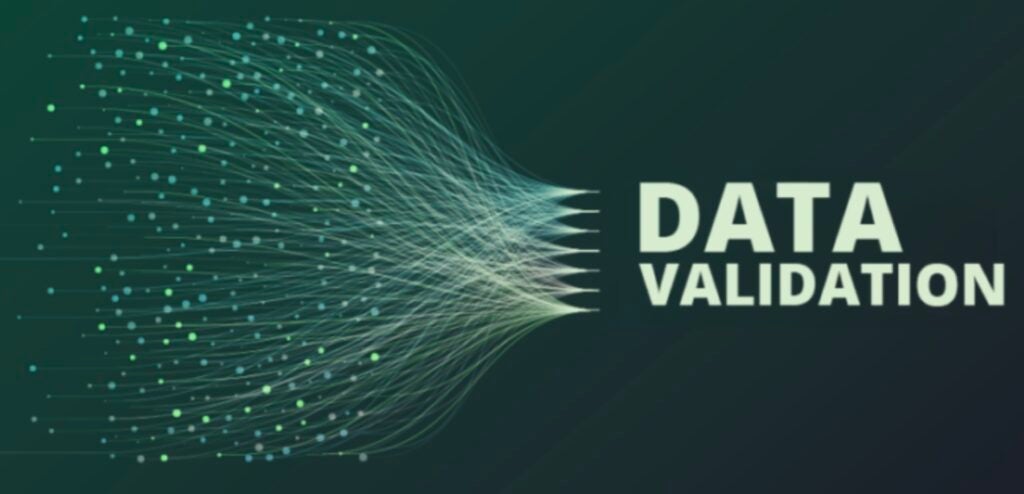
Introduction
Data is sometimes called the new oil of the 21st century, and rightfully so. In today’s data-driven world, the quality of data is paramount to making informed decisions, driving growth, and ensuring reliability in reporting and analytics. One of the tasks I have undertaken since I stepped into my new role is cleaning and validating our data. I want to share my experiences and insights on the importance of clean data and the work I have been doing in data validation to ensure that our reports and analytics at Marshall University are not just trustworthy but also accurate.
The Foundation of Clean Data
Clean data is not just a buzzword, but it’s the foundation on which all data-driven endeavors stand. Clean data is accurate, consistent, complete, and free from errors or inconsistencies. Without it, the insights we gain from analytics can be misleading, leading to poor decisions and missed opportunities.
My Role as Chief Data Officer
As the Chief Data Officer at Marshall University, my role is to oversee data management, ensure data quality, and promote a data-driven culture within the institution. One of the key aspects of this role is data validation, a process that involves checking, cleaning, and verifying data to ensure it meets the highest standards of quality.
Why Clean Data Matters
- Trustworthy Decision-Making: Clean data is the cornerstone of informed decision-making. Whether it’s strategic planning, resource allocation, or student performance analysis, having accurate and reliable data ensures that the decisions we make are grounded in reality.
- Reduced Errors and Costs: Inaccurate data can lead to costly mistakes. It is not just about making the wrong decisions; it is about the resources wasted in rectifying those mistakes. Clean data helps reduce errors and, subsequently, costs.
- Improved Efficiency: Clean data streamlines processes. When data is consistent and error-free, it is easier to automate tasks which saves time and effort.
My Journey in Data Validation
Over the years, I have taught the importance of normalizing data and ensuring one has clean and easy to join and report on data when teaching. Working with ad hoc reporting in higher education for nearly 20 years has made it easier to find where our data is not as clean as it should be. Here’s a glimpse into my journey over the last 3+ months:
- Data Audits: Regular data audits are essential. We systematically examine our data sources, identifying discrepancies, and rectifying them promptly. We do this by easily spot-checking reports and student counts and when we find an issue, we immediately notify the data steward responsible for that data. I have already implemented 15 daily data audit checks through scripts that scour our production data for inconsistencies in college/major codes, major/campus codes, missing advisor information, double-major codes, and more. These scripts build student lists and email those lists to the appropriate individuals daily until the errors are corrected. A summary of the issues is also sent so that we can keep track of what we see and where we need data corrected.
- Standardization: Standardizing data formats, naming conventions, and definitions is crucial. This ensures that data is consistent and can be easily integrated for analysis. When creating our warehouse or custom tables for reporting, we do our best to keep our column names that represent the same data the same across all tables so that we eliminate synonyms and homonyms.
- Data Validation Tools: We are currently investigating various data validation tools as currently we are writing our own scripts or doing the checking by hand. Data validation tools are game-changers. These tools automate the process, flagging errors and inconsistencies for correction, similar to the scripts that I have already written.
- Training and Education: Promoting a data-centric culture involves educating staff about the importance of clean data and providing training on data entry and management best practices. Simply having our daily notifications indicating what data needs cleaned has been received positively and is already promoting a sense of pride in having clean data.
Conclusion
Clean data is not a luxury but instead, it is a necessity in today’s data-driven world. As the Vice President for Institutional Research and Planning and the Chief Data Officer at Marshall University, I am committed to ensuring that our data is of the highest quality. Through data validation, we are not just ensuring the accuracy of our reporting and analytics, but we are also laying the foundation for informed decision-making, cost reduction, and increased efficiency. Clean data is the bedrock upon which we build a brighter future for our institution and its stakeholders.
To having cleanliness with data!
Brian M. Morgan
Chief Data Officer, Marshall University